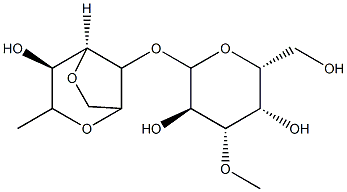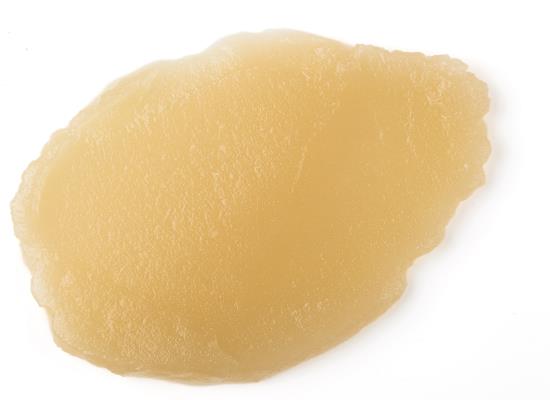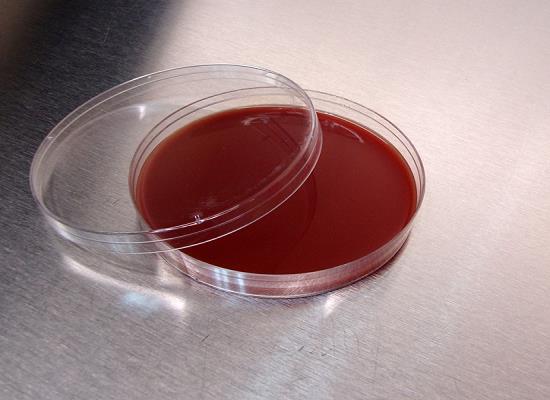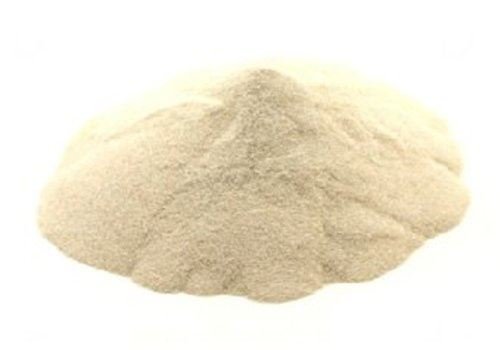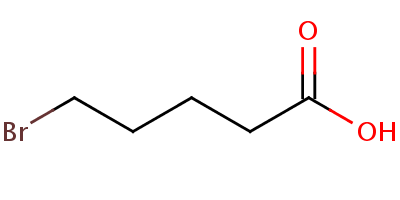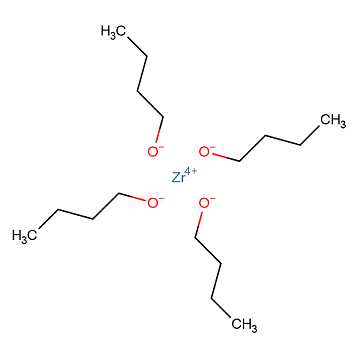Agar Gel - Natural Occurrence and Discovery
Agar, is also called Kanten, Japenese gelatine, or China grass, is a jelly-like substance derived from seaweed species of the genera Gelidium. It is consisted of polysaccharides agarose and agaropectin. Agar is insoluble in cold but soluble in hot water, 1~2% solutions of which upon cooking solidifies to a firm gel at 35 to 50 °C and melting at 90 to 100 °C. Agar is usually used to form gels for cooking, to make dental impressions, or as a culture for bacteria. It is more commonly used in the East for cooking than in the West [1].
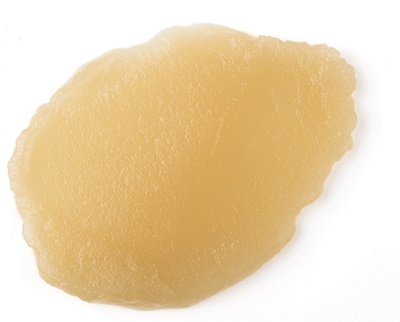
In the 17th century Japan, an innkeeper left the seaweed extract outside in the cold, it was then invented to be used as a thickener for centuries. Despite its Japanese origin, agar takes its name from the Malay word for Gelidium. It is a fascinating journey for agars to be used from delicious kitchen ingredient especially for desserts to indispensable laboratory reagent. It is firstly used in the Berlin laboratory of Robert Koch, who is considered as one of the pioneers of modern microbiology. To culture bacteria on solid surfaces, slices of potato, and then a jelly made from nutrient broth and gelatin, were adopted. However, they did not work well for bacteria culture. Gelatin is derived from animal collagen, while agar is a polysaccharide which can not be digested by most bacteria. Agar has a higher melting point than gelatin and is able to stay solid at temperatures that are optimal for bacterial growth [2][3]. By the 1890s, the culture media we know today, with Petri dishes, peptones and agar, were developed. However, many of the earlier methods continued to be used[4].
Gelidium seaweeds grow on rocky seabeds and requires turbulent water for a steady supply of nutrients and oxygen. Unfortunately, Gelidium cannot be formed. It is harvested by divers or collected when seaweeds are washed ashore by the tide. Unground agar usually occurs in bundles consisting of thin, membranous, agglutinated strips or in cut, flaked or granulated forms. It may be weak yellowish orange, yellowish gray to pale yellow, or colorless. It is colorless or has a slight odor and has a mucilaginous taste. Powdered agar is a white to a yellowish-white or pale yellow. The overharvesting on seaweeds and shrinking seaweed populations restrict annual harvests, which also make wholesale agar prices increase dramatically.
The Alexandria process to produce agar consists of a single washing of the dried seaweed with hot water at 40 °C, followed by pressure cooking for 2 h with 15 times its weight of water. This method is crude, and the produced agar quality is not satisfactory. The liquor is separated from the residue through a screen in the bottom of the autoclave, filtered in a filter press and set to gel in trays. After freeze thawing, the agar sheets are rinsed in fresh water and bleached with NaClO. The excess water is squeezed out and extracted agars are dried and powered. Pretreatment with alkali yields a superior quality of agar.
References
A.P. Hitchens, M.C. Leikind, The introduction of agar-agar into bacteriology, Journal of bacteriology, 37(1939) 485.
A. Rao, I.A. Bekheet, Preparation of agar-agar from the red seaweed Pterocladia capillacea off the coast of Alexandria, Egypt, Applied and environmental microbiology, 32(1976) 479-82.
A. Hussain, I.A. Qarshi, H. Nazir, I. Ullah, Plant tissue culture: current status and opportunities, Recent advances in plant in vitro culture, InTech2012.
You may like
Related articles And Qustion
See also
Lastest Price from Agar manufacturers
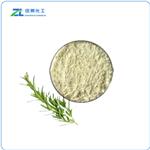
US $120.00-65.00/kg2024-04-27
- CAS:
- 9002-18-0
- Min. Order:
- 1kg
- Purity:
- 99%
- Supply Ability:
- 20ton
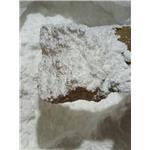
US $6.00/KG2024-04-23
- CAS:
- 9002-18-0
- Min. Order:
- 1KG
- Purity:
- More than 99%
- Supply Ability:
- 2000KG/MONTH
